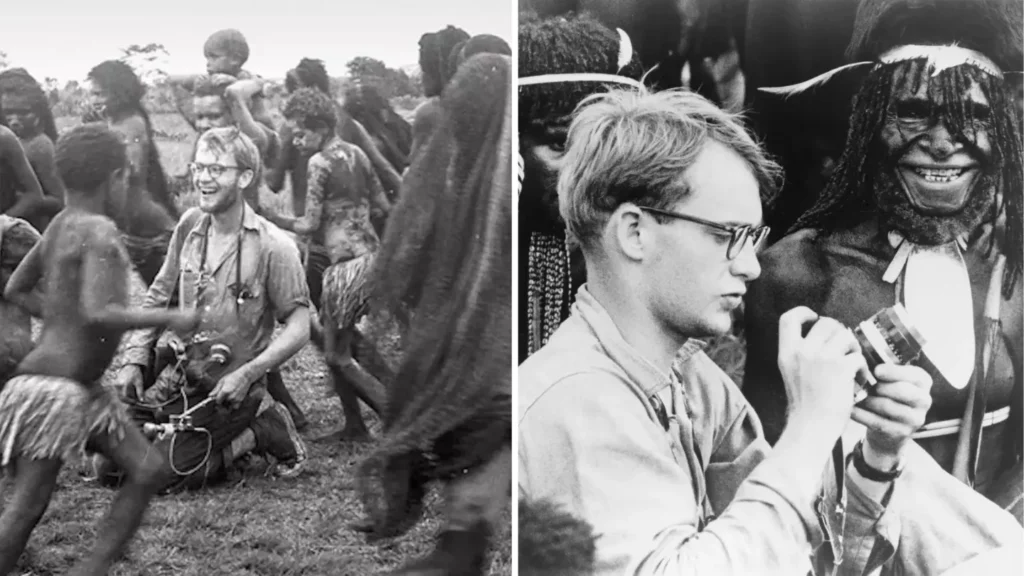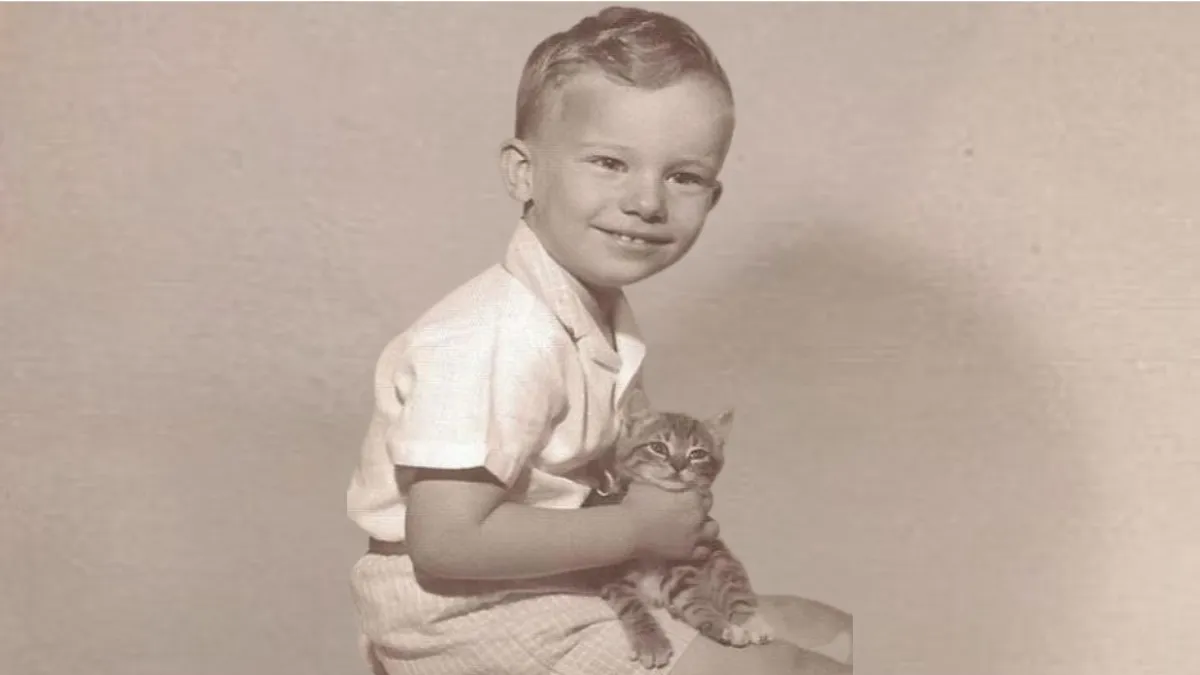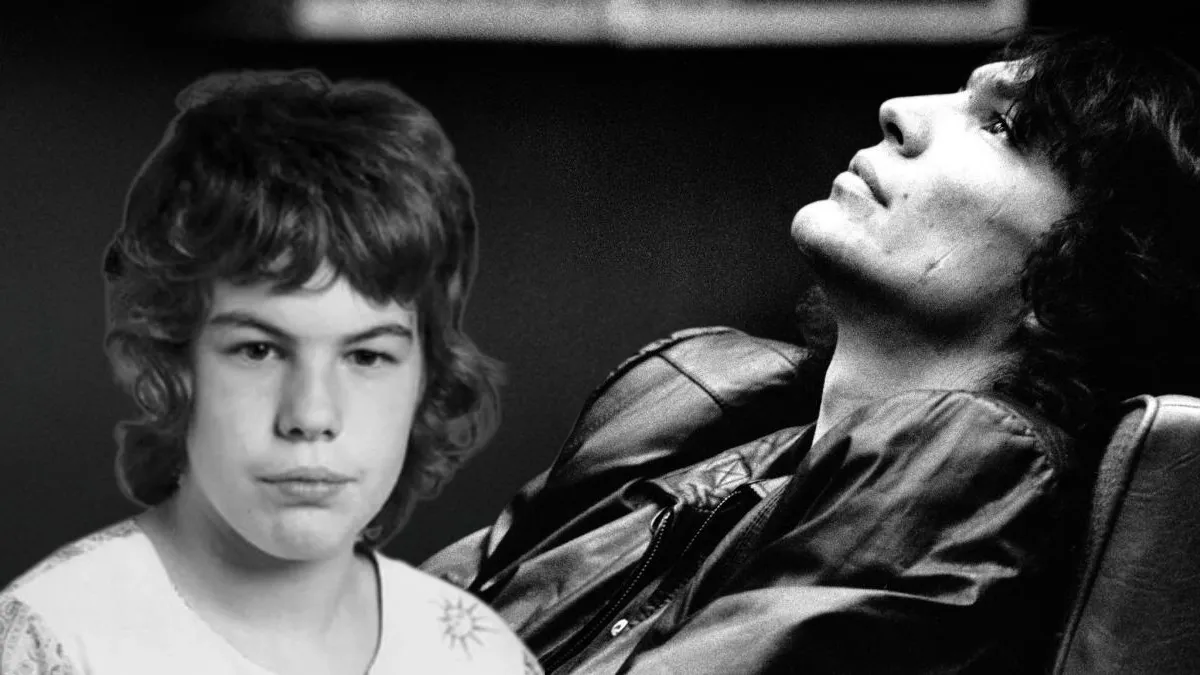Michael Rockefeller’s disappearance in 1961 remains an enigmatic and haunting mystery of our time.
During an expedition to Dutch New Guinea, now known as West Papua, Michael, the son of former U.S. Vice President Nelson Rockefeller, disappeared.
At mere 23 years old, Rockefeller embarked on his second expedition to the region, captivated by the allure of indigenous cultures and their artistic expressions.
He embarked on a journey with Dutch anthropologist René Wassing to explore the fascinating Asmat tribe, renowned for their intricate wood carvings and intricate rituals.
However, the journey became perilous on November 19, 1961, when the canoes Rockefeller and Wassing capsized three miles from the shore.
The next day, rescuers found Wassing, but Rockefeller made the fateful decision to swim to shore in the hopes of finding help. He disappeared without a trace.
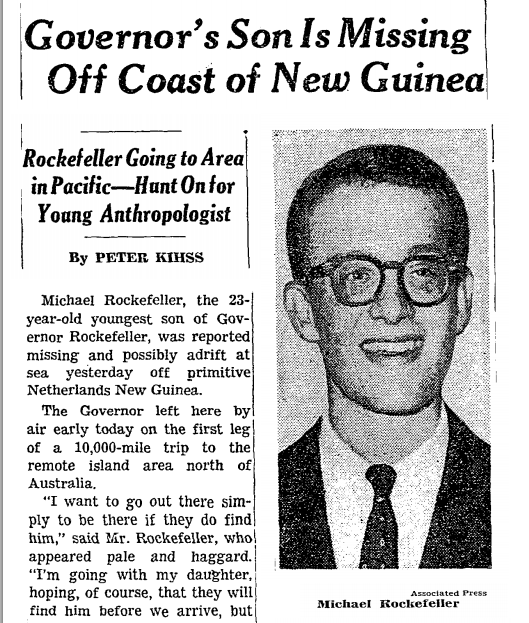
Helicopters, planes, and ships all deployed extensive search efforts in an attempt to find any sign of the young explorer.
Official confirmation of Rockefeller’s drowning death followed years of persistent rumors, some suggesting a more gruesome demise.
The Asmat tribe, renowned for their unique cultural practices, became a focal point in the investigations surrounding Rockefeller’s mysterious disappearance.
Carl Hoffman presented a startling theory in his 2014 book “Savage Harvest,” suggesting that the tribe had dealt Rockefeller a tragic fate.
According to Hoffman, the strained relationship between the Asmat and Dutch colonial forces reached a critical point following the tragic incident known as the 1958 Max Lapré Massacre, which resulted in the loss of five Asmat leaders.
Some beliefs in the Asmat culture held that the community could only resolve its loss through an act of retribution, which ultimately led to Rockefeller’s unfortunate demise.
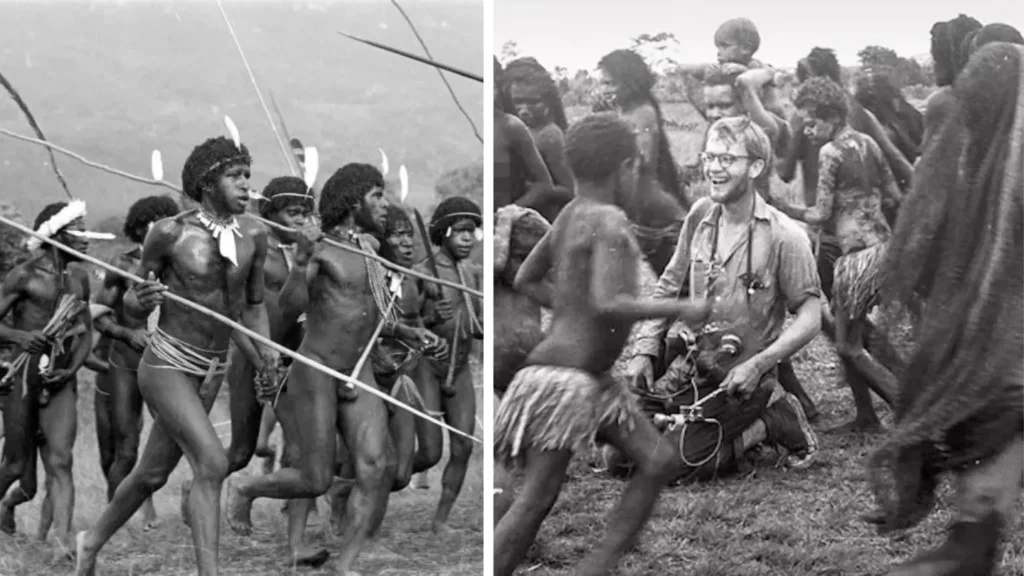
Hoffman provided a detailed account of what transpired in the two weeks following Rockefeller’s disappearance. During this time, two Catholic priests on the ground became aware of rumors suggesting that the young American had managed to swim to shore and come into contact with the Otsjanep tribe.
Hoffman asserted, “They killed him,” adding that the Dutch government and the Catholic Church had both received detailed reports about Rockefeller’s fate.
However, the public never received the reports identifying the people responsible for Rockefeller’s death and their possession of his remains, raising the possibility of information concealment.
Hoffman argued that the Dutch government had a strong motivation to keep the case under wraps as they sought to retain their authority over the region.
Despite the Rockefeller family’s consistent denial, the enigma surrounding Michael’s disappearance became even more perplexing with the emergence of fresh evidence years later.
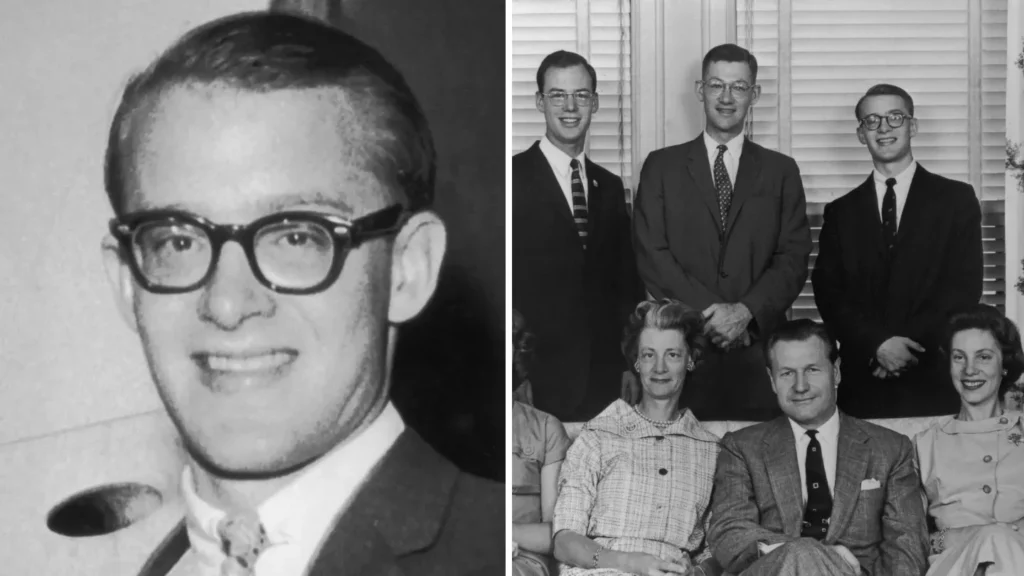
In 1969, a National Geographic film crew documenting the Asmat tribe stumbled upon an intriguing discovery in their footage.
Amidst the tribesmen traveling in their canoes, there was a solitary man with a beard and fair complexion.
There is a strong belief among many that this figure bore a striking resemblance to Michael Rockefeller, leading to speculation that he may have survived the ordeal and assimilated into the tribe.
In his captivating documentary “The Search for Michael Rockefeller,” Fraser Heston, the son of legendary actor Charlton Heston, delves into this theory.
“This image of a bearded, light-skinned Caucasian paddling in a canoe filled with naked Asmat warriors raises numerous intriguing inquiries,” Heston remarked in the film.
However, Malcolm Kirk, the photographer who captured the footage, maintained his skepticism, suggesting that the individual in question might be an albino tribesman.
However, the uncanny similarity to Rockefeller has sparked curiosity among people, who are questioning if the photograph holds a crucial hint about his mysterious destiny.
Decades of investigation have left us with ongoing speculation surrounding the fate of Rockefeller—whether he met his demise by drowning, was the victim of foul play, or made the deliberate decision to reside among the Asmat people.
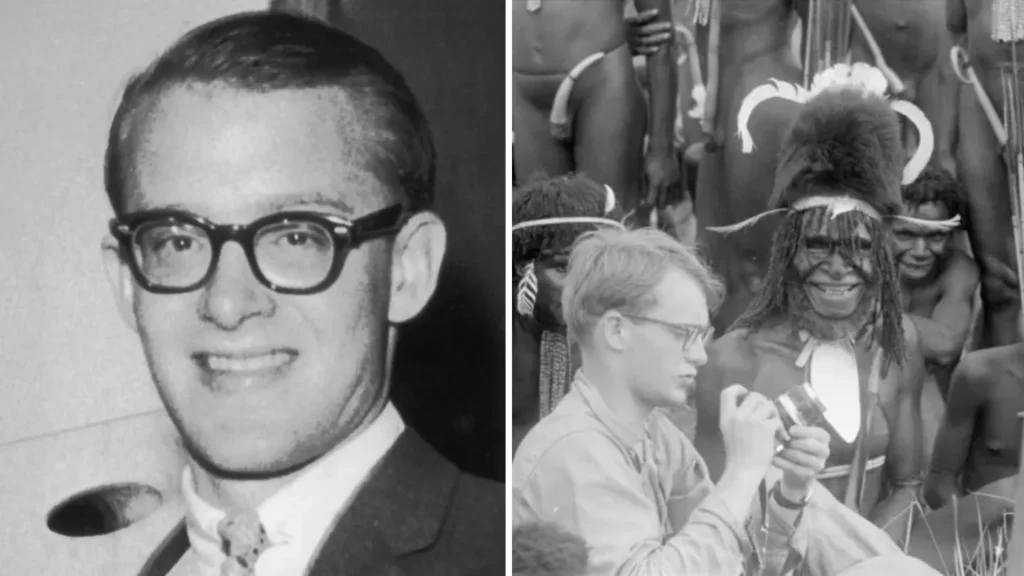
However, the emergence of this photograph has sparked renewed optimism that the enigma could potentially be resolved at last.
Is the image the crucial piece of evidence that holds the answers to Michael Rockefeller’s mysterious disappearance?
The answer, for now, remains elusive, but the image certainly provides a captivating glimpse into the mysterious.
Featured Image Credit: (Peabody Museum of Archeology and Ethnology / Alamy)

